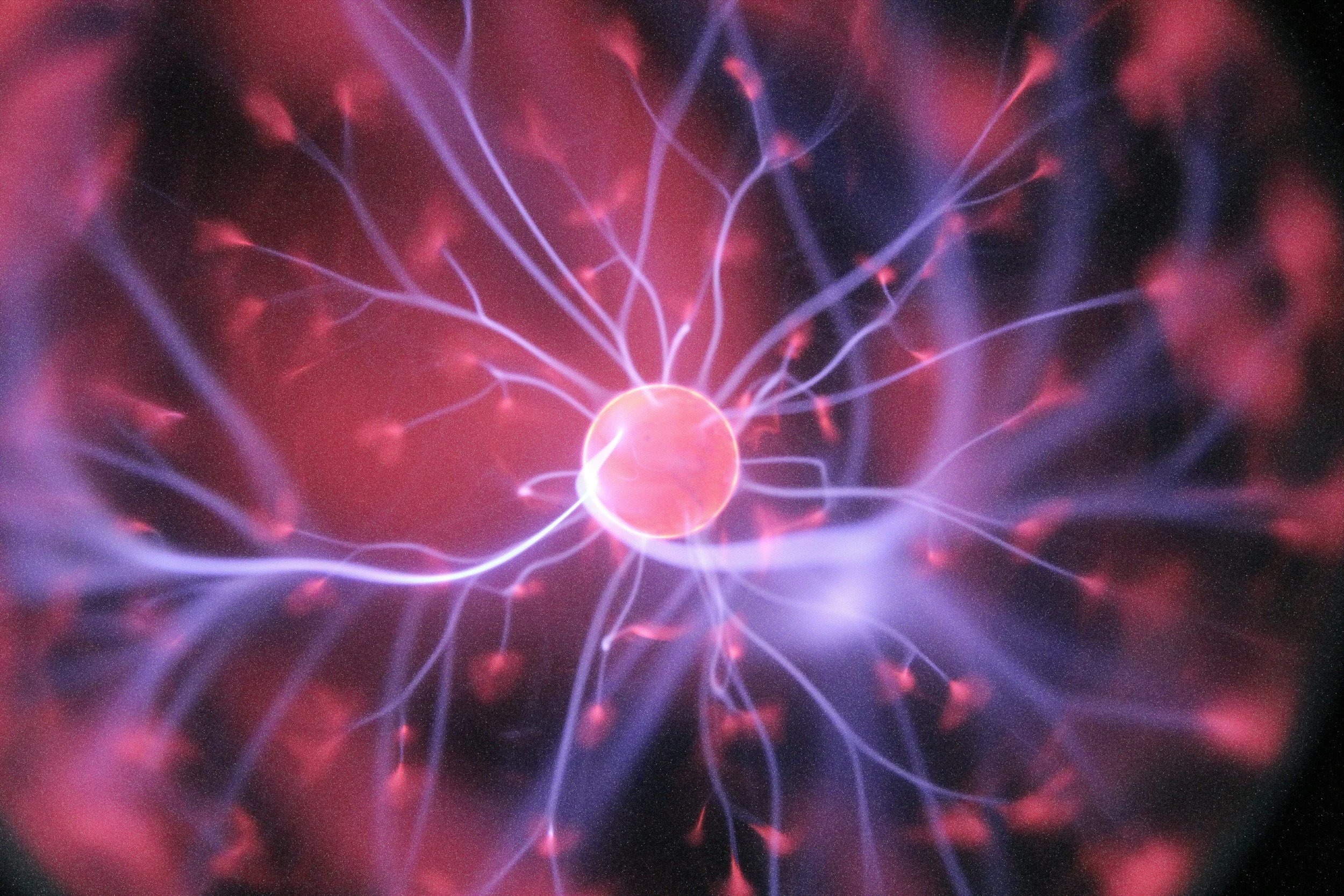In recent years, both frisson and ASMR have gained popularity as unique sensory experiences that evoke strong emotional and physical reactions. Though they are often discussed together due to their shared ability to trigger pleasurable sensations, these phenomena are distinct in nature.
While many may associate ASMR with whispers, the soft speaking trigger stands out for its gentle tone, clarity, and ability to create a sense of closeness. Whether it’s a soothing voice guiding you through a story or offering comforting words, soft speaking taps into deep psychological and emotional responses. But what makes soft speaking such a powerful ASMR trigger?
In recent years, both frisson and ASMR have gained popularity as unique sensory experiences that evoke strong emotional and physical reactions. Though they are often discussed together due to their shared ability to trigger pleasurable sensations, these phenomena are distinct in nature.
While many may associate ASMR with whispers, the soft speaking trigger stands out for its gentle tone, clarity, and ability to create a sense of closeness. Whether it’s a soothing voice guiding you through a story or offering comforting words, soft speaking taps into deep psychological and emotional responses. But what makes soft speaking such a powerful ASMR trigger?
Whether it's slow, deliberate motions or gentle gestures across the screen, hand movements captivate audiences and often produce the "tingles" that ASMR enthusiasts seek. But what makes this seemingly simple visual trigger so effective?
While some may find the sound of someone munching on food surprising as a form of relaxation, it has become one of the most requested ASMR triggers. Whether it’s the crunch of a crisp apple or the squish of chewing gum, eating sounds hold a unique place in the ASMR world. But what makes eating and chewing so popular as a trigger?
The gentle rustle of paper being turned, the soft brushing of fingertips across pages, and the subtle creases that form all contribute to a rich sensory experience. But why is the sound of page turning so captivating in ASMR?
Personal attention triggers have become one of the most cherished forms of ASMR content. These triggers mimic close, one-on-one interactions, where the ASMR creator focuses directly on the viewer, offering care, warmth, and calm. But why is personal attention such a powerful ASMR trigger?
One of the more unusual but widely loved ASMR triggers is crinkling. From the rustling of paper to the soft crackle of plastic wrappers, crinkling sounds have found a firm place in ASMR content. So, why is crinkling such a popular and effective ASMR trigger?
While many triggers contribute to this phenomenon, brushing sounds have emerged as one of the most beloved in the ASMR community. Whether it’s the soft strokes of a makeup brush, the swish of a paintbrush, or the rhythmic motion of hair brushing, this trigger has an immediate soothing effect. So, why is brushing such an effective ASMR trigger?
Among the many popular triggers in the ASMR community, tapping stands out for its simplicity and wide appeal. From gentle finger taps on wooden surfaces to rhythmic tapping on glass, this trigger resonates deeply with ASMR enthusiasts. But what makes tapping so effective and beloved?
While many different sounds and visual stimuli can induce ASMR, whispering remains one of the most popular and effective triggers. But what makes whispering so captivating in this context?
In a world full of constant noise, stress, and pressure, finding moments of peace and relaxation can be a challenge. That’s where ASMR—Autonomous Sensory Meridian Response—comes in. Over the past few years, ASMR has emerged as a popular method for achieving deep relaxation and calm.
In a fast-paced world filled with endless demands, many people are turning to unconventional methods for relief from stress, anxiety, and emotional overwhelm. One of the most fascinating and increasingly popular approaches is ASMR—short for Autonomous Sensory Meridian Response.
Struggling to get a good night’s sleep? If you’ve tried everything from warm milk to meditation without success, ASMR might be the missing ingredient in your bedtime routine. Autonomous Sensory Meridian Response (ASMR) has emerged as a popular tool for improving sleep quality, especially for those dealing with insomnia or stress-induced sleeplessness.
ASMR, or Autonomous Sensory Meridian Response, has captivated millions worldwide for its ability to induce relaxation, reduce stress, and create feelings of comfort. Often characterized by the tingling sensations that start at the scalp and move down the spine, ASMR has become a powerful tool for promoting calm in an increasingly fast-paced world.
In today’s fast-paced world, stress and anxiety are common experiences for many people. As life becomes increasingly hectic, the search for effective ways to unwind and manage stress continues to grow. One of the most surprising and popular tools for relaxation that has emerged in recent years is ASMR, or Autonomous Sensory Meridian Response.
In recent years, Autonomous Sensory Meridian Response (ASMR) has surged in popularity, especially on platforms like YouTube and TikTok, where creators provide an array of soothing sounds—from soft whispers to gentle tapping—aimed at evoking a calming, tingling sensation. But what exactly is ASMR, and why do only some people experience these tingles?
It has been a while since I have posted. I feel what has partial contributed to this is because of what has been going on in the world. One thing that I try to do is to watch as many ASMR videos as I can. I feel that they can really help me relax and forget about what is going on.
From looking at my stats one of the more popular and viewed posts was my initial post regarding latex ASMR.
Here we have a Japanese role play video from ThePeacefulWhisperASMR. In this video she talks you through the Katakana alphabet.
This was a video I used to watch years ago, it is over 8 years old. Lucky for us, is that ThePeacefulWhisperASMR is still regularly uploading videos.
I first started watching ASMR videos around 2010 or 2011, once I found out that the tingle feeling that I got when I watched certain activities had a name attributed to it…ASMR!
I used to watch some great content creators back then and on this blog I will look to highlight some of the old channels I used to avidly watch, whom for one reason or another do not post videos anymore.
Wikipedia defines cranial nerve exams as:
“The cranial nerve exam is part of the neurological examination. It is used to identify problems with the cranial nerves by physical examination.”





















Latex seems to be a very popular trigger for ASMR. The most popular videos seem to stem around latex gloves. The attraction is around the sounds that the gloves can make, especially the squeaky ones.